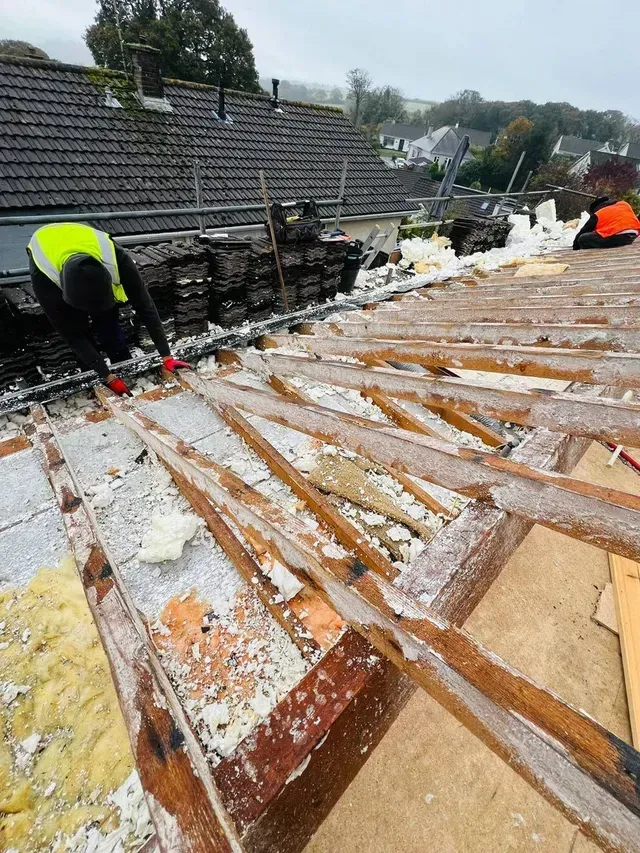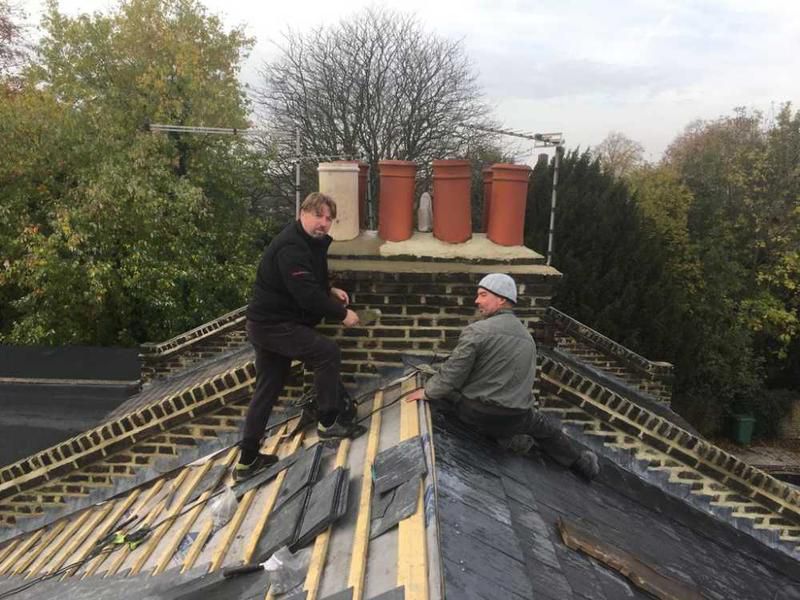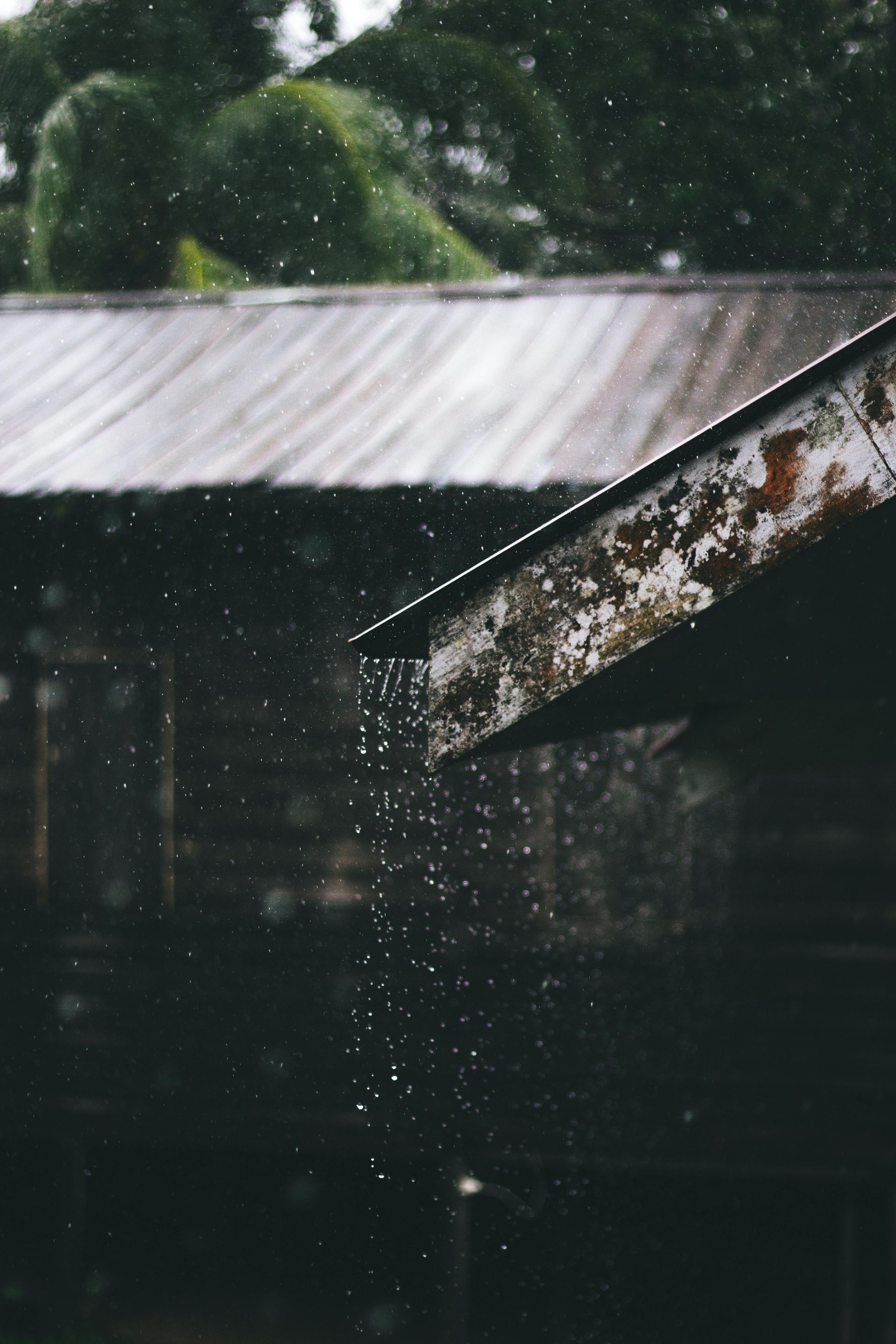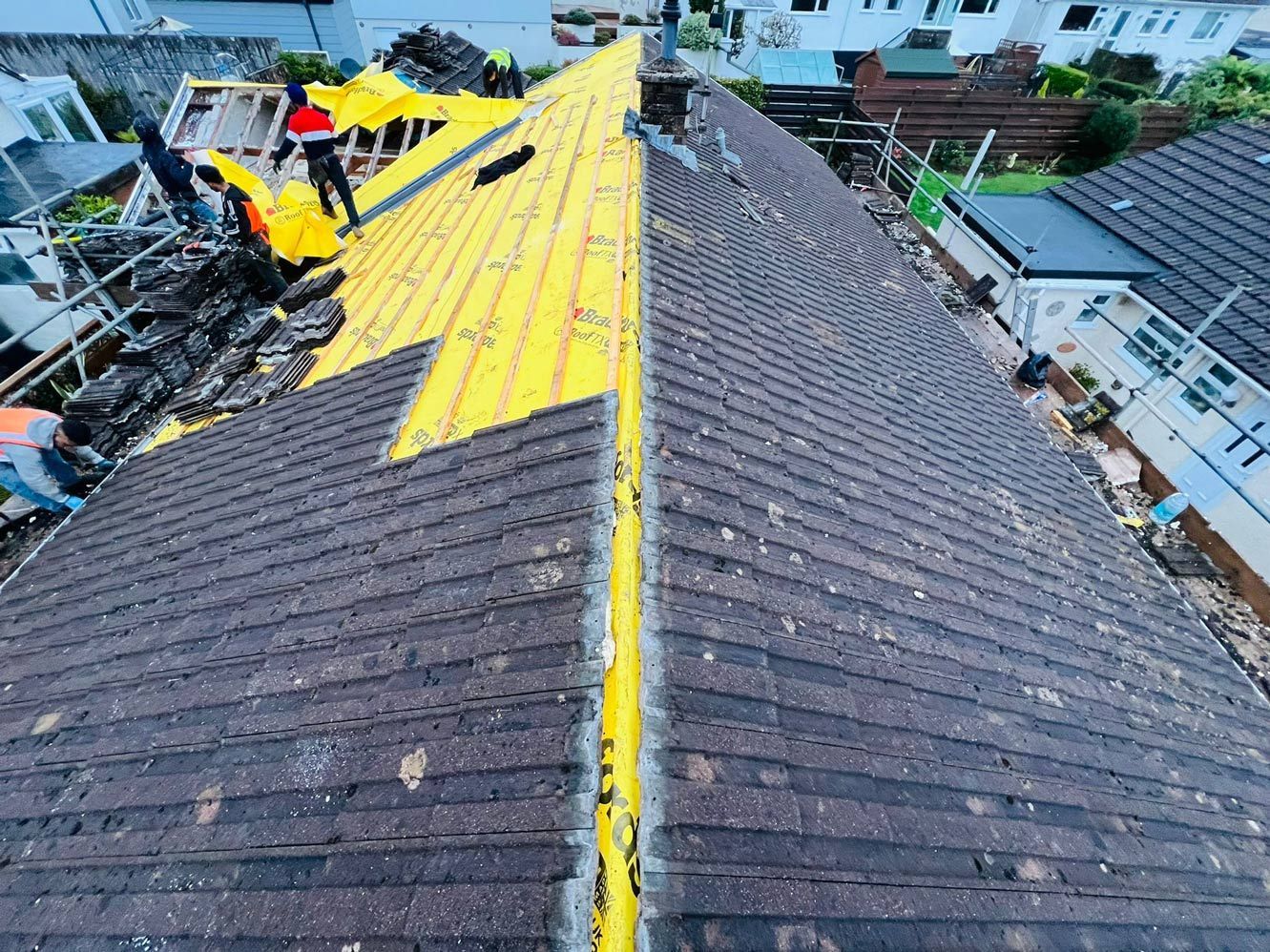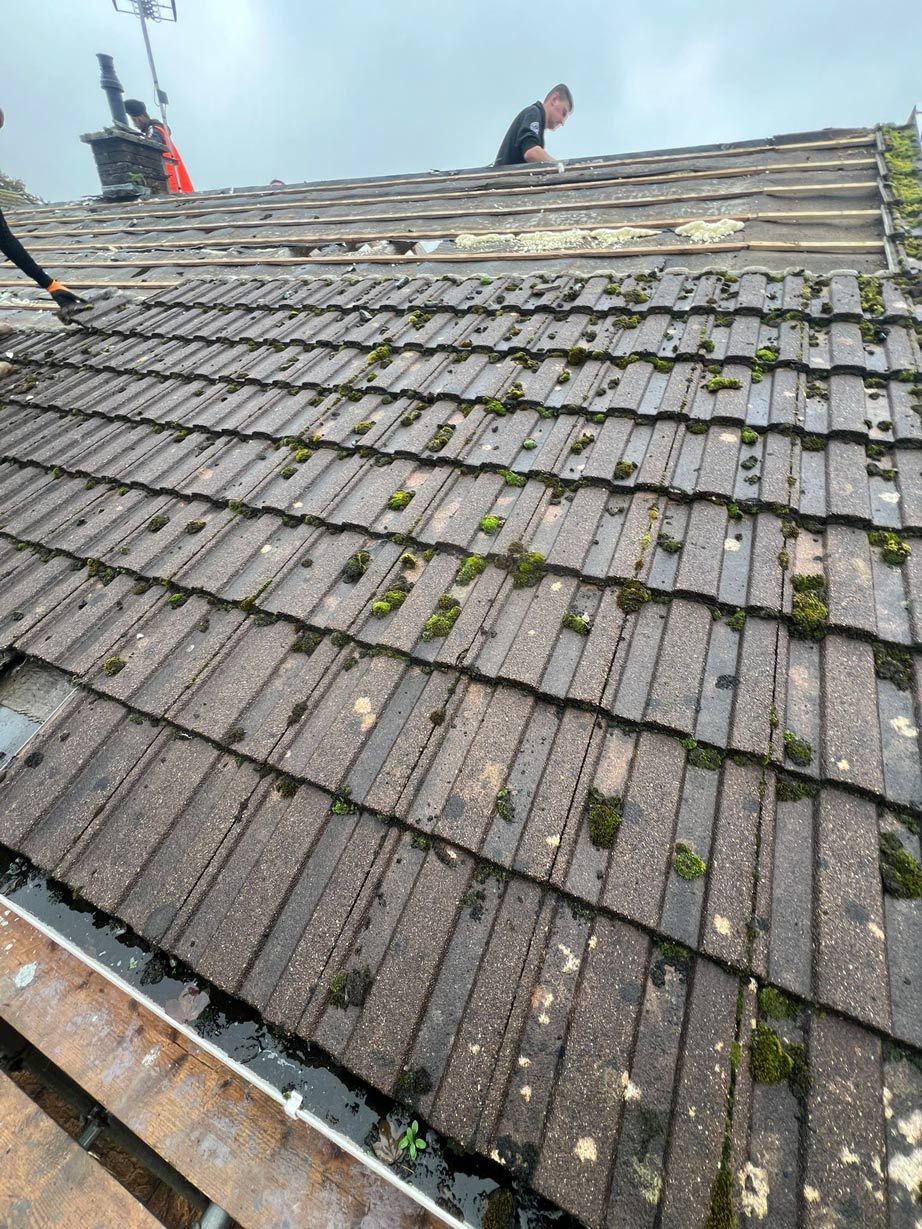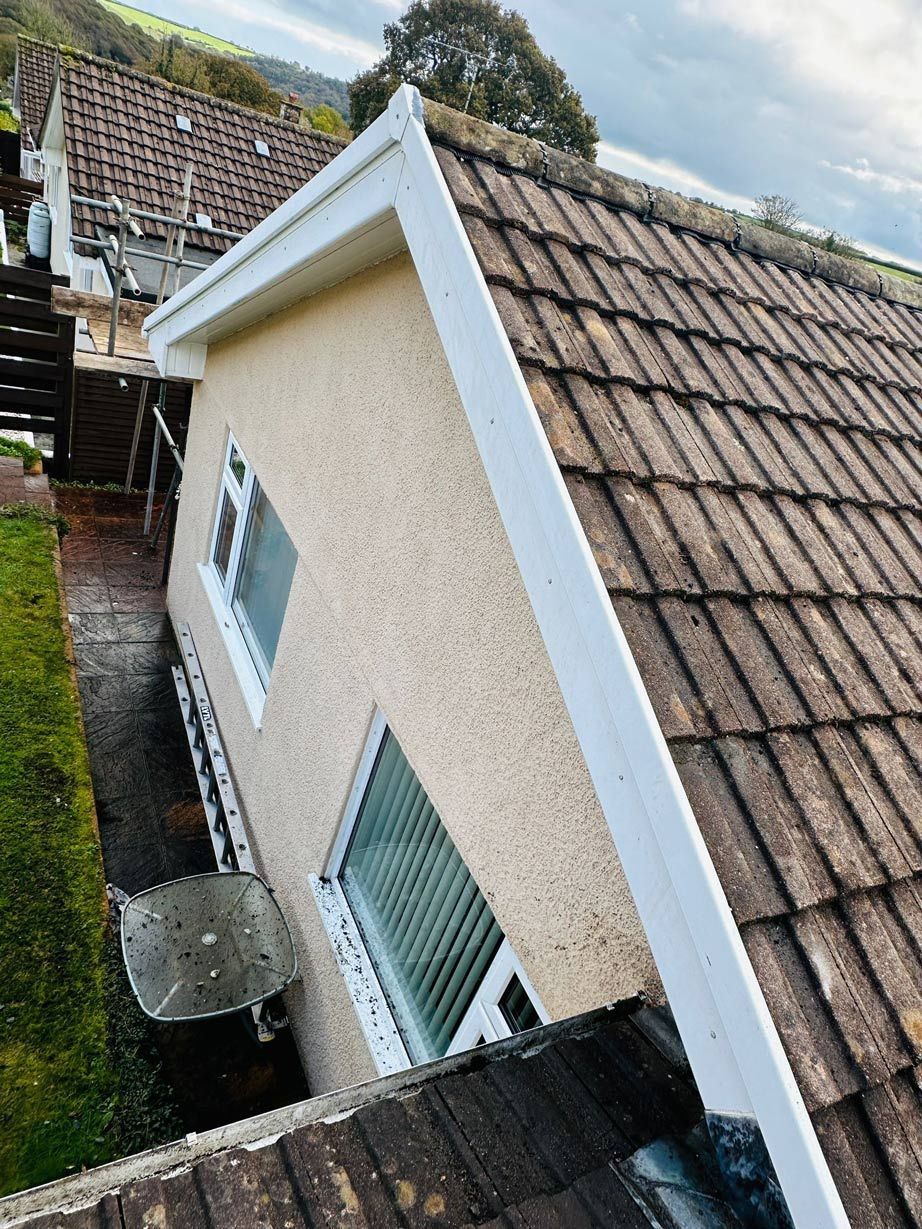The world is more conscious of environmental issues than ever before, and as we step into 2025, sustainability is no longer an alternative—it’s an essential consideration for every sector. The roofing industry is no exception. Whether you're replacing a roof or building a new home, understanding the environmental impact of your choices is crucial. From energy efficiency to reducing waste, sustainable roofing options can reduce your carbon footprint and save you money over time.
In this article, we will explore the environmental challenges posed by traditional roofing methods and materials, as well as innovative, eco-friendly solutions you can consider for your home or commercial property.
The Environmental Challenges of Traditional Roofing
1. High Carbon Footprint of Materials
Traditional roofing materials, like concrete tiles or slate, often come with a significant carbon footprint due to their extraction, manufacturing, and transportation processes. Asphalt felt, frequently used in residential roofing, is derived from oil—a non-renewable resource—further elevating its impact.
2. Non-Recyclable Waste
Standard roofing materials, at the end of their lifespan, often end up in landfills. The UK alone generates thousands of tonnes of roofing waste annually, with a large portion stemming from materials that aren’t biodegradable or recyclable.
3. Heat Islands in Urban Areas
Dark-coloured, non-reflective roofs contribute to the urban heat island effect, wherein cities become significantly hotter than surrounding areas. This leads to increased use of air conditioning, driving up energy consumption and greenhouse gas emissions.
4. Lack of Energy Efficiency
For many older roofing systems, thermal performance was often an afterthought. This means properties are losing warmth in winter and trapping heat in summer, leading to unnecessarily high energy consumption.
To combat these challenges, homeowners and businesses must shift towards sustainable roofing solutions that minimise these environmental impacts.
Eco-Friendly Roofing Materials for 2025
1. Green Roofs
Green roofs, also known as living roofs, are an innovative sustainable option for any property. These roofs are covered with vegetation atop a waterproof membrane.
Benefits:
Green roofs absorb carbon dioxide, help manage stormwater runoff, reduce the urban heat island effect, and provide additional insulation to the building. Furthermore, they increase biodiversity by creating habitats for birds and insects. A study by the University of Exeter highlighted that green roofs can reduce indoor temperatures by up to 4°C during summer months.
- Ideal For: Urban properties and commercial buildings willing to invest in a system that offers both aesthetic and environmental benefits.
2. Solar Roofing
Solar panels, often installed on standard roofs, are well-known for generating renewable energy. However, solar shingles are a newer technology that combines a roof’s protective function with energy generation. Solar shingles mimic the appearance of traditional roof tiles while harnessing solar power.
Benefits:
Solar roofing reduces dependency on fossil fuels, lowers monthly utility bills, and may qualify for government incentives, like the UK’s Smart Export Guarantee (SEG) for solar PV systems.
- Ideal For: New-build homes or roof replacements where homeowners are already considering adding solar energy systems.
3. Recycled Roofing Materials
Roofing materials made from recycled products, such as aluminium, plastic, and reclaimed slate, are another sustainable choice. For example, recycled metal roofs are durable, lightweight, and recyclable at the end of their lifespan, leaving a significantly smaller carbon footprint.
Benefits:
These materials reduce the demand for virgin resources and prevent waste from entering landfills. Additionally, metal roofs often reflect sunlight, making them an energy-efficient option.
- Ideal For: Residential and commercial properties seeking longevity and high-performance roofing.
4. Cool Roofs
Cool roofs are designed using light-coloured, reflective materials, such as specialised coatings or membranes, to deflect sunlight and regulate temperature. As a result, these roofs help keep buildings cooler, reducing the need for air conditioning.
Benefits:
Cool roofs reduce energy usage, combat the urban heat island effect, and extend the lifespan of roofing materials due to lower thermal cycling.
- Ideal For: Properties in warmer climates or areas prone to extreme summer heat.
Now that we’ve explored the various options, here are the factors that should steer your decision:
5. Clay and Concrete Tiles
While traditional, these materials can be surprisingly sustainable when produced with low-carbon methods or when recycled from other projects. Clay tiles are long-lasting and can be broken down for reuse.
Benefits:
Durable and natural, these tiles provide excellent insulation and can last over 50 years with proper care, reducing the need for frequent replacements.
- Ideal For: Heritage or period properties where aesthetics and sustainability converge.
The Role of Insulation in Sustainable Roofing
Sustainability goes beyond the materials used in the roof structure. Proper insulation is another critical consideration, providing enhanced energy efficiency by reducing heating and cooling needs. Including insulation within your eco-friendly roofing system can reduce heat loss by up to 25%, according to the Energy Saving Trust.
For UK homeowners, a combination of eco-friendly roofing materials and high-quality insulation can significantly lower energy bills and environmental impact.
Maintenance and Longevity: The Forgotten Aspect of Sustainability
One often-overlooked aspect of sustainable roofing is maintenance. Regular inspections and timely repairs can significantly extend the lifespan of your roof, reducing the need for premature replacements. For example:
Cleaning gutters and removing debris can prevent water pooling and leaks.
Recoating certain roofing materials, such as metal or asphalt alternatives, can restore weatherproofing and energy efficiency.
By maintaining your roof correctly, you not only ensure its durability but also lower the cumulative environmental cost involved in manufacturing and transporting replacement components.
Government Incentives and Certification to Look For
When investing in a sustainable roof, it’s worth exploring potential government support. Schemes like the Energy Company Obligation (ECO) and Local Authority Delivery (LAD) programmes include measures for improving energy efficiency.
Additionally, when sourcing sustainable roofing materials, look for certifications such as:
- BREEAM (Building Research Establishment Environmental Assessment Method)
- FSC (Forest Stewardship Council) for wooden products
- Cradle-to-Cradle certification for recycling practices
These certifications ensure you’re choosing products aligned with global sustainability standards.
Why Sustainable Roofing Matters
Moving towards sustainable practices isn’t just a responsible choice—it’s an investment in the future. Here are the broader impacts of adopting eco-friendly roofing solutions:
1. Lower Utility Bills: Improved energy efficiency reduces heating and cooling costs.
2. Combatting Climate Change: By choosing recycled or renewable materials and energy-efficient systems, homeowners and businesses contribute to reducing greenhouse gas emissions.
3. Increased Property Value: Eco-friendly homes are becoming increasingly appealing to buyers, reflecting a growing demand for sustainability in the housing market.
4. Contributing to Global Goals: Sustainable choices align with the UK government’s goal of reaching net-zero carbon emissions by 2050.
Looking Forward
As the roofing industry evolves, the intersection of sustainability and technology will only grow stronger. From advanced solar roofing solutions to roofing materials that utilise nanotechnology for self-cleaning, the progress seen in the last decade is set to continue.
Choosing a sustainable roofing option in 2025 isn’t just about protecting your home—it’s about taking a step forward in protecting the planet for generations to come. D&R Roofing Experts are committed to offering eco-conscious options while delivering high-quality craftsmanship.
If you’re considering a roof replacement or exploring sustainable options for your upcoming project, contact D&R Roofing Experts to discuss solutions tailored to your property and environmental goals.
Contact Us Today:
Looking for advice? Call us now or send an enquiry through our website to learn more about your eco-friendly roofing options.
Conclusion
Roofing materials and methods have a significant environmental impact, but thoughtful, sustainable choices can mitigate this. Whether it’s through embracing materials like recycled metal, investing in green roofs, or simply improving energy performance with superior insulation, adopting sustainability is no longer optional—it’s imperative.
Let’s make 2025 the year we transition from traditional roofing methods and embrace long-lasting, eco-friendly solutions. Because better roofs make for a better planet.



